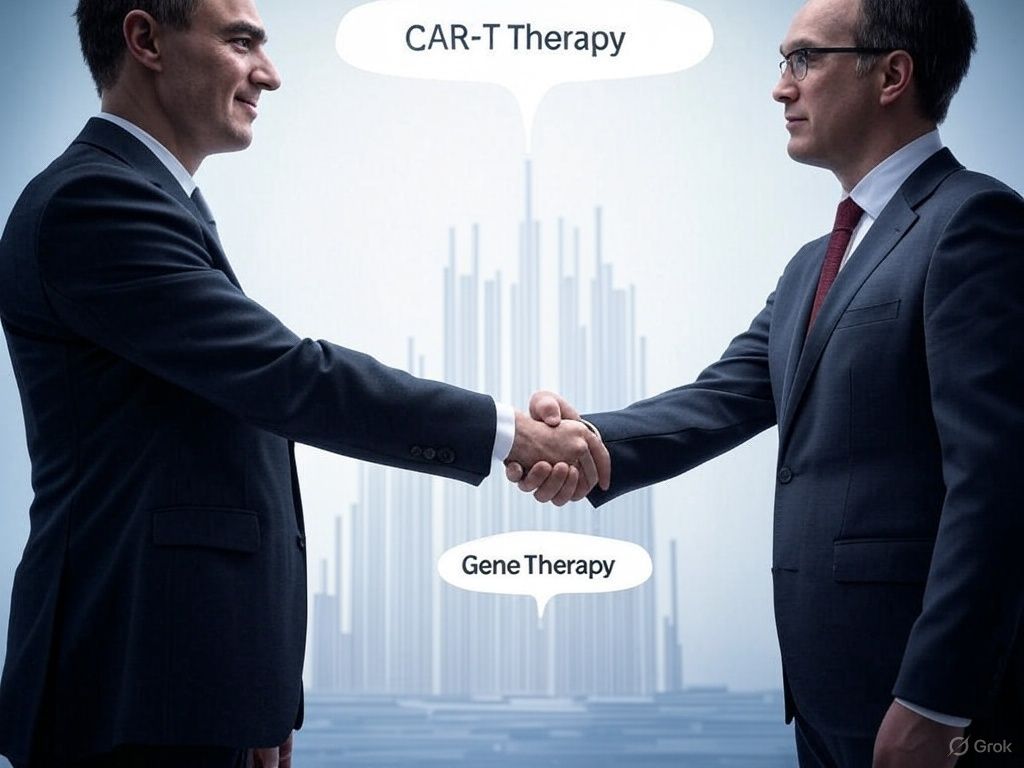Aug 14 - Written By McLane Teitel
"How OBAs Drive Cell Therapy Success"

Cell therapies, such as CAR-T and gene treatments, promise cures but come at a high cost—ranging from $475,000 to $2 million per patient. Payers hesitate; pharma scrambles. Outcomes-based agreements (OBAs) bridge the divide, aligning risk and reward in the high-stakes market of 2025. With CMS tightening specialty drug rules, OBAs are no longer optional—they’re critical.
Novartis led the way with a CAR-T therapy. In 2017, OBA tied payment to 30-day remission, securing 90% payer coverage by 2020 (IQVIA) and achieving $475 million in sales. Another gene therapy followed, tying rebates to vision gains at 30–90 days. Harvard Pilgrim signed on, setting a standard of 80% coverage within two years, according to industry reports. Today, 25% of cell therapy launches use OBAs, up from 10% in 2020 (Avalere, 2023).
In 2025, dynamics shift. CMS’s price caps on high-cost drugs prompt payers to demand long-term outcomes, such as 5-year survival rates, rather than 30-day wins. AI tracks real-world data to validate claims, easing payer concerns over cost versus value. Still, challenges persist: 60% of payers cite data gaps as a barrier (McKinsey, 2024).
Collaboration solves this. OBAs let pharma prove value—cure or refund—while payers gain certainty. Core Market Access Advisors crafts these deals, navigating CMS rules and payer hesitancy to unlock access to care. Cell therapies are the future, but only if payers and pharma align. Let’s make it happen—your successive win starts here.


